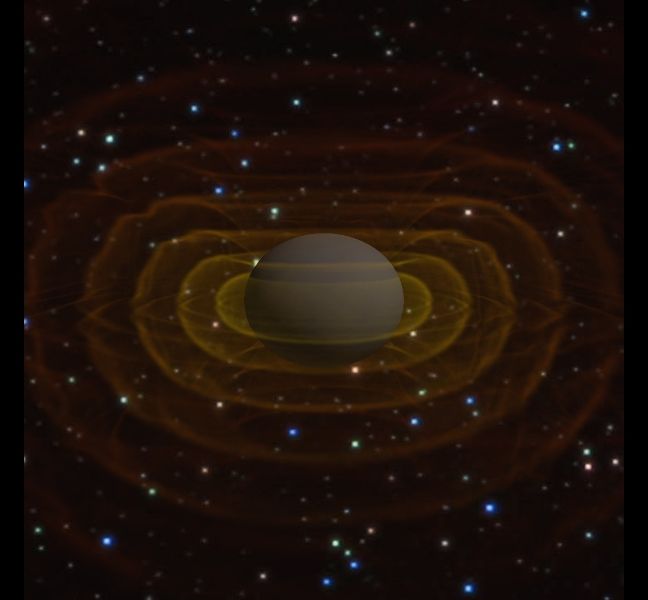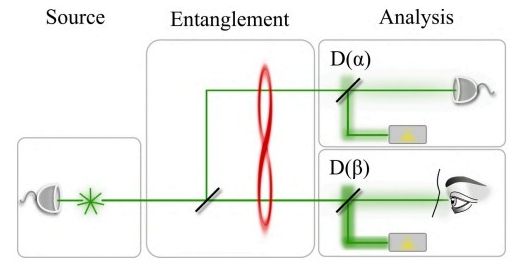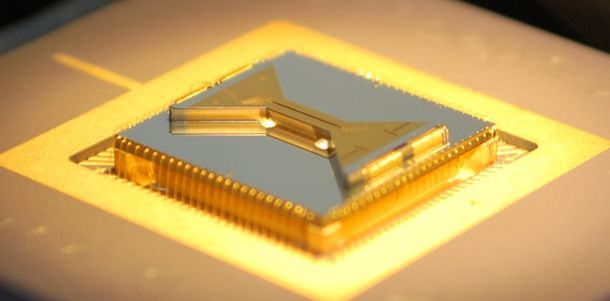
This gravitational wave model has been created with the quantum gravity theory in mind, which has been predicted for decades. What else could the discovery of gravitational waves by the Laser Interferometer Gravitational-Wave Observatory uncover and reveal about this theory? (Photo : Henze | NASA)
Quantum gravity is a theory that has been the target of decades of study by physicists worldwide. If this idea is proven, it would tie together the General Theory of Relativity (which governs gravitational fields) with quantum mechanics, and the bizarro-world of subatomic particles.
Gravitational waves, produced by accelerating objects, ripple through space-time, according to most interpretations of the General Theory of Relativity penned by famed physicist Albert Einstein. Researchers at the Laser Interferometer Gravitational-Wave Observatory (LIGO) have announced they detected these disturbances in the fabric of time and space for the first time.
Read more
















